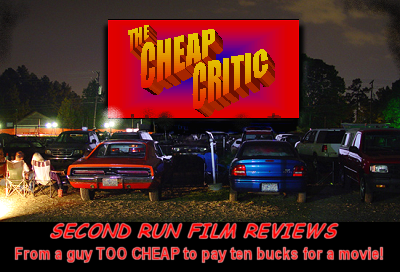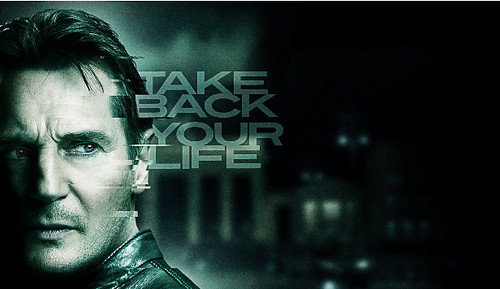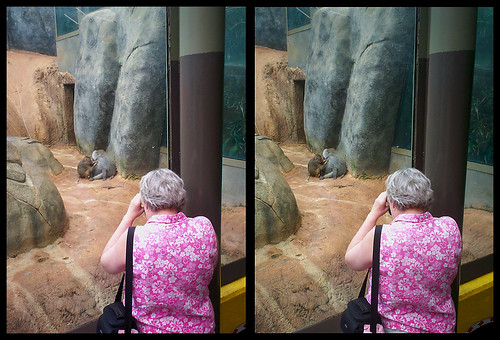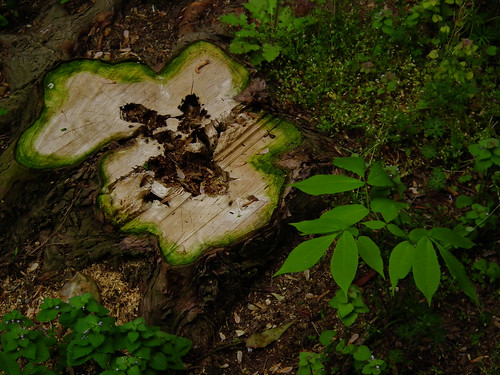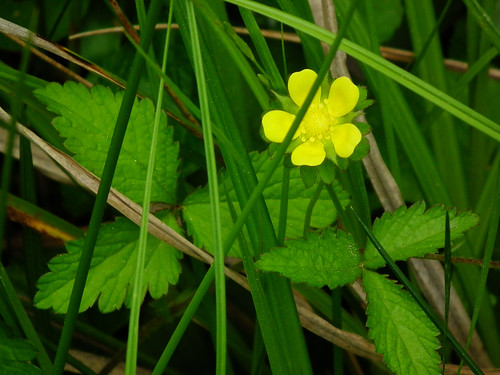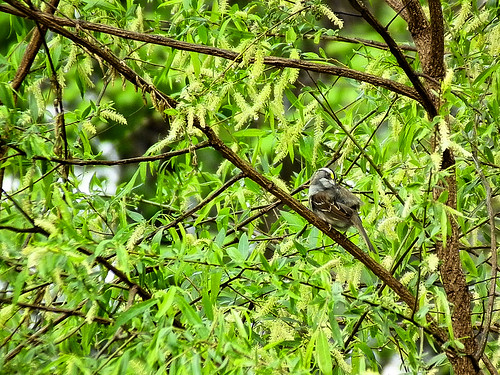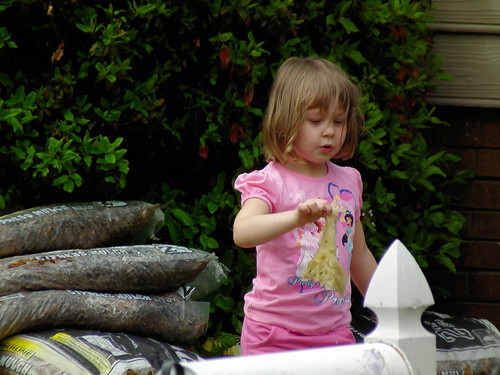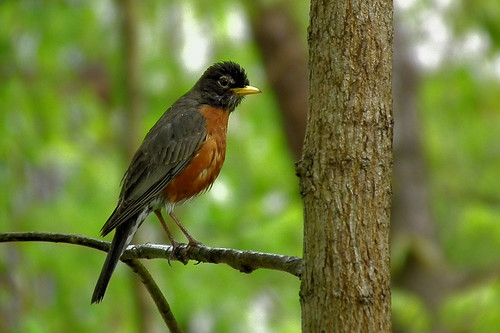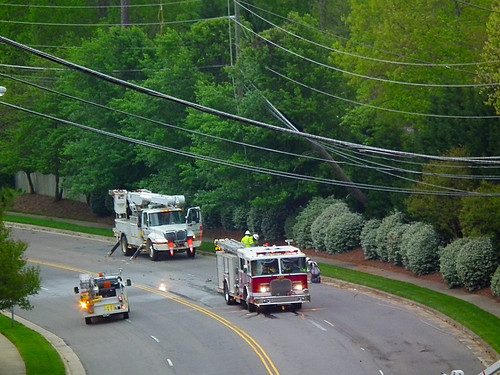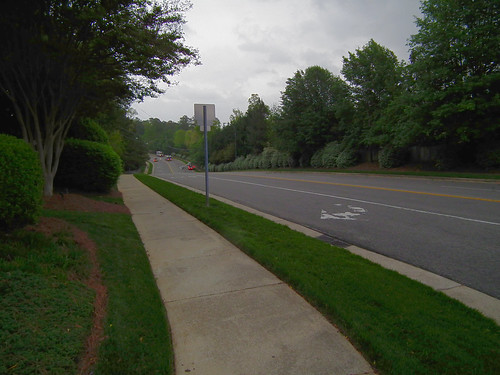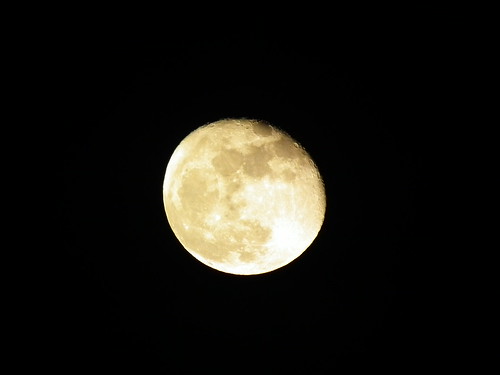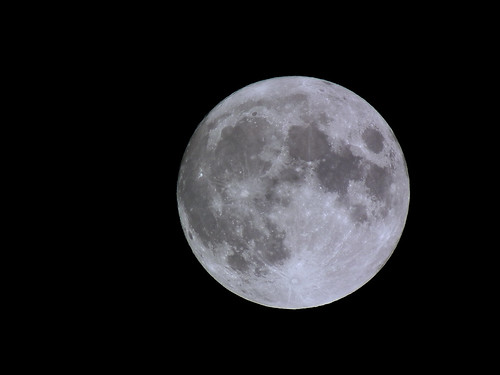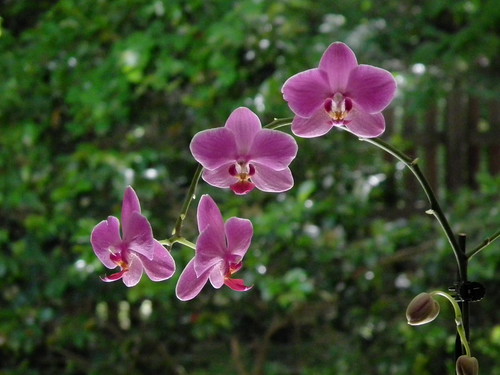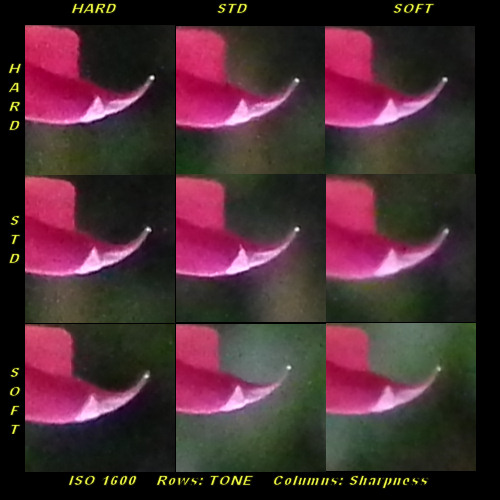Some BackgroundSome years ago I bought the Teleospouse a Kodak P712 camera. Whenever I get her a new camera it will initially frustrate and confuse her and she will be cross with me for giving her a camera with so many confusing features. Usually, but not always, she learns to use enough of the features of her new camera to make her happy and she comes to like it. She was particularly cranky about the P712 when she first got it and she really, really likes it now, which is sad because the mechanics of lens -- the zoom motor and lens position sensors -- are wearing out and the P712 is dying.
Just before the new year I found an extra-cheap closeout price on a Kodak Z981 -- Kodak's then-current super-zoom bridge camera -- which was the nearest equivalent to the P712 that Kodak offered. The Z981 was a mixed bag. The menus have been improved since the P712 and the camera captures fairly-detailed images with bright, true colors provided the light is good. In low light, or towards the long end of the zoom on a cloudy day, the image quality is not so good and the image stabilizer struggles. But the main problem with the Z981 is the build quality. It feels cheap and plastic-y in the hand and the optics on the eye-level electronic view finder (EVF) are
awful. When you are trying to use the EVF to evaluate a shot you have taken the chromatic aberration of the plastic lenses in the eyepiece surrounds any high-contrast edge in the image with wide smears of red and blue and you have no idea whether your shot is usable. The LCD display on the back of the camera is better but since the Z981 is a sunny-day camera, and since glare is a problem with the LCD screen, there are problems there too.
It should be pointed out in Kodak's defense that my conclusions about the Z981 have been based on one camera which was bought on the cheap from an online vendor's closeout -- a deal possibly related to the fact that Kodak was about to announce a new model. One of the annoyances of buying "bridge" cameras -- cameras that try to span the gap between the affordable, consumer-oriented point-and-shoot cameras and the more expensive, better-performing DSLR cameras that target the enthusiast market -- is that the only way to try them is to buy them; camera stores don't carry the mass-market commodity camera lines (especially Kodak models) and the big box discount stores may (or more often may not) have a demo model on the floor but hardly ever with working batteries in it. My Z981 is the only one I have ever seen with power so it is, perhaps, unfair to generalize but I did send the unit off to Kodak to see if they could correct the problem with the EVF. They replaced the eyepiece and I saw very little difference.
So, since neither the wife nor I were thrilled with the Z981 I resumed my online browsing for an ultra-zoom bridge camera in our price range. Which brings us to the HS10.
The Fujifilm HS10One of the subtexts of most of my posts about photography is that I am a cheapskate. While I spend some money on gear I try very hard to get things as cheaply as possible. If I bought the Kodak Z981 because it was last-year's model (about to be replaced by the Z990) then I got the Fujifilm HS10 because its price had gone soft due to Fuji's announcement of this year's HS20. If I had been buying the camera for myself I might have waited for the HS20 to drop a bit -- it has some features that interest me (such as a hot shoe for an integrated TTL flash) -- but since it is for my lovely wife who insists on existing light the HS10 seemed perfect.
Here are some photos I took the first day after the HS10 arrived.
The morning was dark, cloudy and ominous when I took this photo of the trump of a tree I cut down last fall. (A few hours later a line of storms came through that spawned tornadoes nearby.) I wanted to capture something of the gloom so I set the exposure compensation to -2/3 of a stop and set the color to 'chrome' to bring out the green ring caused by algae growing on the sap rising from the still-living roots of the dead tree.
I should note that, having set the exposure compensation for this shot, I forgot to reset it to my ususal -1/3 stop that I generally shoot with on most cameras. If some of the other shots in this sequence seem a tad dark that might be why.Here is a macro shot. The Teleospouse likes to take macro shots of small flowers and insects. The HS10's macro mode will do the job for her but it will be a struggle getting her to stand back far enough to focus. The best setting for shooting butterflies is to stand about 7 feet away and use the full zoom. It will be a struggle convincing her not to stand closer but the camera won't focus closer than 6 1/2 feet at full zoom in macro mode.
Update: I looked into this further and the truth is more complicated. See Fujifilm HS-10 Macros.Here's a super-macro shot of some dandelions. Super-macro only works at wide angle but it will focus on a subject almost touching the lens and gives good magnification and a surprisingly deep depth of field. Because of the wide angle and the large depth of field one struggles with backgrounds in super-macro mode. When showing off a photo of your prize-winning rose blossom you may also see, in the background, an out-of-focus but recognizable shot of the FedEx guy making a delivery next door.
One thing I like about the HS10 -- something that most bridge cameras don't have -- is the ability to mount filters. I noticed that the filter size was the same as my Sony VCL-DH1758 1.7x teleconverter that I had bought for a previous camera. Here is a crop from a shot I took with the teleconverter mounted on the HS10. This bird was about 50 yards away and I couldn't really see it with my naked eye. It was just a gray dot in my neighbor's tree. Including the crop this is the approximate equivalent of a 2000 mm telephoto lens (hand held). The teleconverter works surprisingly well on the HS10. In theory the HS10's image stabilizer should undercorrect by a factor of 1.7 but it seems to do better.
At this point my testing was interrupted by a line of thunderstorms passing by. This storm spawned tornadoes which caused extensive property damage and loss of life in the central North Carolina area.This is another shot with the teleconverter. After the storm had past I was standing on my front porch looking for something to photograph with my 51 X optical zoom camera. (The HS10's 30X times the teleconverters 1.7X gives a 51 X range, at least in theory.) The clouds broke for a few minutes and this small girl came out to see what the storm had done. I believe the yellow object she is holding to be a scrap of fiberglass insulation from a Lowe's Home Improvement store that was destroyed by the a tornado many miles away. After the storm these yellow blobs of soggy fiberglass were spread over several counties.
I am pretty happy with the lack of chromatic aberration (purple fringing) using the teleconverted. Clicking on the image will take you to Flickr and clicking around in Flickr will eventually bring you to a larger image where you can look at the contrasty edge of the white railing in the lower right corner. Not too bad at the price.
These two shots of a robin were taken from my back steps using the teleconverter at full zoom. With the teleconverter mounted the HS10 struggles some times with autofocus. I was using single center-zone autofocus and the camera just couldn't seem to find the bird -- not enough of the right kind of contrast, I guess. I focused by putting the center focus zone on the tree to focus in both shots. For the second shot I repositioned the frame while holding the shutter button half-way down to hold the focus then took the shot with the bird better positioned.
This is another super-macro shot. It was taken by poking the lens of the HS10 into our candy jar so the lens was almost touching the jellybeans. I found that I got a sharper result when I used the Aperture Priority setting and stopped the camera down to about f/7. The shots with the smaller aperture seemed sharper (which was expected) but also contrastier (which was welcome but not anticipated.)
I took these three shots (of a tree that had fallen across a power line and caught fire) to illustrate what a 30X zoom range looks like. I don't believe I was using the teleconverter but I might have been for the first shot. They also serve to illustrate some of the limitations of a long telephoto shot. These have been fairly heavily post processed and they are still photographically lousy. It was very cloudy and quite dark and drizzling a bit. The image stabilizer, which has impressed me in other sequences, did not seem completely equal to the challenge here. Both of the telephoto images were the best shot selected from a several shots taken, and all of them show camera motion blur.
The obligatory shot of the moon taken by all photographers obsessing over a teleconverter. This is a unedited, hand-held, approximately 1200mm equivalent shot of the moon taken on a not-particularly clear night with the teleconverter. I was going to try a shot the next night with a tripod but the next several nights were cloudy and then the moon was gone.
Update: Moon using Tripod.
Here's that shot of the moon using a tripod. This image has been tweaked slightly but not cropped (although I did use the instant-zoom feature that crops slightly on camera when the image is captured.)
Most of the shots above have been post-processed (cropped, sharpened, lightened or darkened, etc.) to improve their appearance when viewed online. If you are curious about the original images, straight off the camera, they can be found in this set:
http://www.flickr.com/photos/bigleeh/sets/72157626565347460/NoiseOne thing I noticed about the HS10, almost from the first image, was that it exhibits rather a lot of digital noise, even at fairly low ISO values. That said, the noise is very well behaved. Up to ISO 1600 the noise consists of small, well distributed, nicely random luminance noise -- rather like the
grain that those of us who remember film would expect from,say, Ektachrome. It is only when you go past 1600 that you start to see much chroma noise which creeps in as yellowish blotches in the shadow areas.
The result is images that will certainly make fine prints up to 8X10 -- and probably be ok at 10X14 -- but which do not reward pixel-peeping or extreme cropping. But with a 30X optical zoom lens with a very competent image stabilizer you shouldn't need much cropping, and pixel-peeping is an awful vice which I am trying to give up.
One thing I did wonder about was whether the settings I used had made the images noisier than they would have been if I just took the camera out of the box and started shooting. For my first-day shots I (mostly) took the
advice on settings for the HS10 that I found on the
blog of a photographer whose
HS10 images I very much admire.
In particular I wondered what effect the
Tone and
Sharpness settings had on the camera's noise reduction algorithms. In an effort to find out I created a series of nine photos, all taken at ISO 1600, that represented all possible combinations of the Tone and Sharpness Hard / Standard / Soft settings. I shot at ISO 1600 so there would be sure to be some noise for me to examine. As expected the Hard/Hard images had the most visible noise and the Soft/Soft had the least. These two images show those extremes:
I'm afraid I didn't control for other variables very well in this sequence. The light was sunlight filtered through trees on a windy, partly cloudy day. The shots were hand held and the auto-focus may well have picked out different parts of different blossoms from shot to shot. My results showed more or less the expected relationships between the settings and the appearance of noise in the images but the effect of changing the settings was not particularly strong.
Here is a montage of corresponding 100% crops from the nine images.
The unedited images are available in
this Flickr set.
The Bottom Line I tend to oscillate on the image quality of the HS10. It produces images with bright, true colors that look fine on a 20 inch computer monitor and would probably make acceptable prints up to about the same size--which, coincidentally, is about the size of the biggest print I ever remember making. But every time I click on a HS10 image in FastStone (to pop up a 100% view to check the focus) I think
Whoa, what a grainy, gritty mess that is when you look at the pixels! On the other hand, as cameras add resolution, pixel-peeping becomes a sillier and sillier vice. One can easily obsess about half an eyelash in a photo with ten people in it -- a detail that would never show in any print you are likely to make.
DSLR enthusiasts (and I am one of them) will tell you that the smaller sensors on the ultra zoom bridge cameras limit the image quality that it is reasonable to expect -- which is perfectly true. But they will then go on to suggest that these cameras are merely economic expedients for people who are unwilling to pay the higher prices that the better-performing DSLR equipment commands. This is sorta-kinda only half true. The fact of the matter is that there just aren't any 30X optical zoom lenses for the larger-sensor DSLR cameras. The larger size of the sensor -- which gives the DSLR its superior image quality -- would, through simple arguments of focal length and scale, require that such a lens be
friggin' huge. If anyone made a 30X zoom lens for a digital camera with a full-frame-sized sensor you'd need a lens wallah just to carry the other end of the thing for you.
So on balance, I think I like the HS10.
